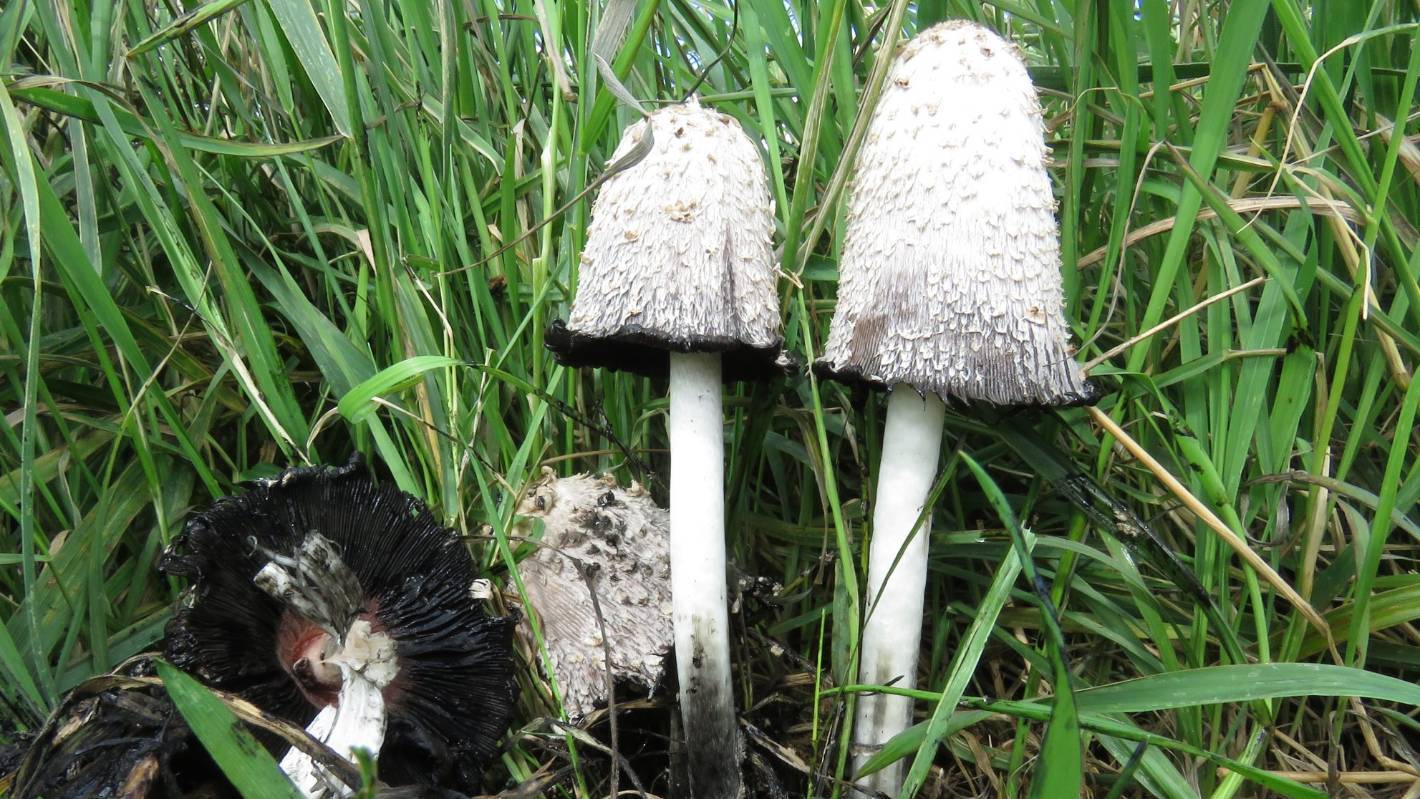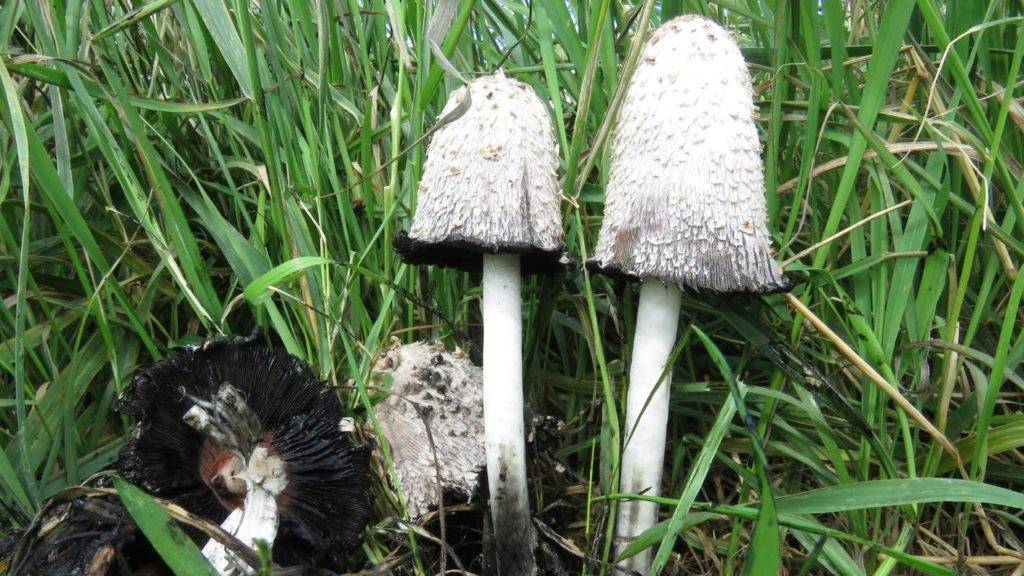
When it comes to the natural world, surprises often emerge from the most unexpected places. One such intriguing phenomenon is the growth of mushrooms in rabbit poop or bunny poop. Yes, you read that right – mushrooms flourishing within the droppings of these small furry creatures. This curious symbiotic relationship between rabbits and fungi offers a fascinating glimpse into the intricate web of life.

What Kind Of Mushrooms Grow In Rabbit Poop?
Rabbit droppings, or scat, are a rich source of nutrients, thanks to their herbivorous diet. These pellets contain undigested plant matter that serves as an ideal substrate for fungi to thrive. While various types of mushrooms can potentially grow in rabbit poop, two particular species stand out: the Coprinus comatus, commonly known as the shaggy ink cap, and the Panaeolus papilionaceus, also referred to as the little brown mushroom.
The shaggy ink cap derives its name from its distinctive appearance. This mushroom starts as an elongated white structure with a shaggy cap, gradually turning black and gooey as it matures, a process known as deliquescence. This unique adaptation helps disperse its spores more effectively. Found in temperate regions, the shaggy ink cap’s tendency to grow in nutrient-rich environments like rabbit droppings highlights its preference for such substrates.
The little brown mushroom, on the other hand, is a modest yet vital member of the fungal kingdom. Its appearance may be unremarkable, but its role in ecosystem functioning is significant. Thriving in nitrogen-rich environments like rabbit scat, this mushroom helps decompose organic matter and recycle nutrients back into the soil, ultimately benefiting plants and other organisms in the ecosystem.
The growth of mushrooms in rabbit poop also underscores the intricate relationship between animals, fungi, and the environment. Fungi serve as nature’s recyclers, breaking down complex organic compounds into simpler forms that plants can readily absorb. In turn, the plants provide food and shelter for the animals, completing the cycle of life.
In conclusion, the sight of mushrooms sprouting from rabbit droppings might initially seem strange, but it’s a testament to the intricacies of the natural world. The interplay between rabbits, fungi, and their environment is a beautiful example of how even the most seemingly inconspicuous interactions can have profound ecological implications. So, the next time you stumble upon mushrooms growing amidst rabbit scat, take a moment to appreciate the hidden wonders that nature has to offer.
What is the Bug in Rabbit Poop?
The bugs commonly found in rabbit poop are often small insects or arthropods that are attracted to the moisture and nutrients present in the feces. These bugs play a role in breaking down the organic matter in the poop and recycling nutrients back into the ecosystem. Some of the common types of bugs that might be found in rabbit poop include:
- Fly Larvae: Flies, such as houseflies and blowflies, are attracted to the moist and nutrient-rich environment of rabbit droppings. Their larvae, commonly known as maggots, can be found feeding on the decaying matter.
- Beetles: Various types of beetles, such as dung beetles, might be present in rabbit poop. Dung beetles are well-known for their role in dung decomposition. They roll and bury feces, which provides a food source and breeding ground for them.
- Mites: Tiny mites could be present in rabbit feces, especially in moist conditions. These arthropods feed on the organic matter present in the droppings.
- Springtails: Springtails are tiny, wingless insects that thrive in damp environments. They help in breaking down organic material and are often found in decomposing matter, including rabbit droppings.
- Nematodes: While not visible to the naked eye, nematodes are microscopic worms that can inhabit rabbit poop. Some nematode species are beneficial as they assist in breaking down organic matter and releasing nutrients.
- Ants: Depending on the environment, ants might be attracted to rabbit droppings, especially if they are near their nest. Ants can help break down the droppings and carry away the organic material.
- Other Insects: Various other insects, such as small beetles, ants, and springtails, might find their way into rabbit poop due to the attractive conditions it offers for feeding and breeding.
It’s important to note that the presence of these bugs is a natural part of the decomposition process, and they contribute to nutrient cycling in the ecosystem. They help break down the organic matter in the droppings, releasing valuable nutrients that can be utilized by plants and other organisms in the environment.
Why Is My Poop Like Cow Patties?
What happened to Dale Robertson’s horse Jubilee?
What does it mean when a lizard poops on you?
What is the meaning of 18 bills in a debut?
What is the most expensive item on TF2?
Are lubber grasshoppers poisonous to dogs?
